Our Treatments
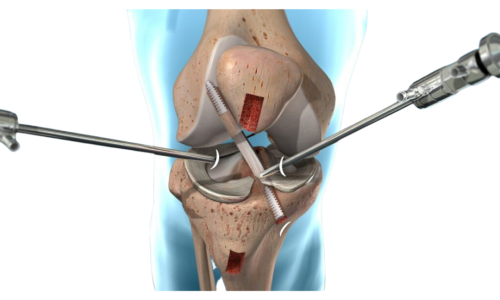
ACL/PCL Reconstructions
The Anterior Cruciate Ligament (ACL) and Posterior Cruciate Ligament (PCL) are vital ligaments within the knee that stabilize the joint. When they are torn or damaged, it can lead to instability and pain. In ACL/PCL reconstruction, the surgeon carefully replaces the damaged ligament with a graft, typically from your own tissue or a donor.
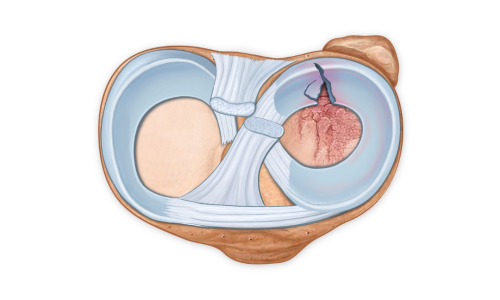
Meniscus Repairs
The menisci are C-shaped pieces of cartilage that act as shock absorbers in the knee. When they tear, it can cause pain, swelling, and hinder movement. Meniscus repair involves suturing the torn edges back together. This helps preserve the natural cushioning in the knee, promoting smoother movement and preventing further damage.

Rotator Cuff Repair
The rotator cuff is a group of tendons that surround and support the shoulder joint. When these tendons tear, it can lead to weakness and a limited range of motion. Rotator cuff repair involves reattaching or mending the torn tendons, often using sutures or specialized anchors. This procedure helps restore strength and function to the shoulder, allowing you to lift and move your arm with ease.
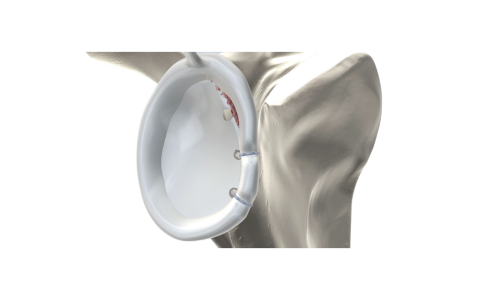
Bankart Repair
The labrum is a ring of cartilage that surrounds the socket of the shoulder joint, providing stability. In cases of recurrent shoulder dislocations, the labrum can become damaged. Bankart repair involves reattaching and reinforcing the labrum to prevent further dislocations. This procedure restores stability to the shoulder, reducing the risk of future dislocations.
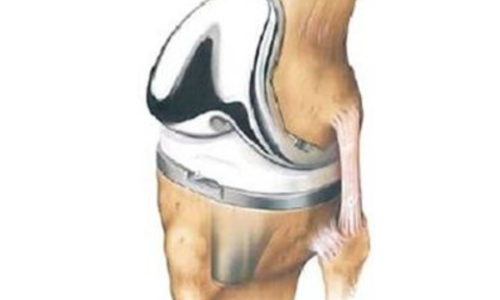
Total Knee Replacement
This procedure is typically recommended for severe cases of arthritis or joint damage. The damaged portions of the knee joint are replaced with custom-fitted prosthetic components. These components replicate the natural shape and function of the knee, allowing for smooth, pain-free movement.
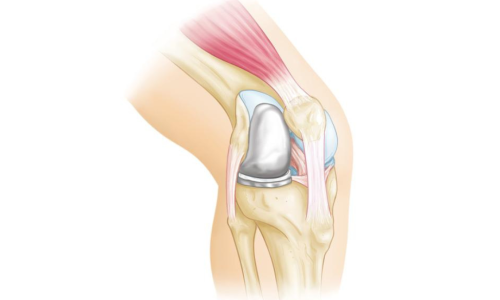
Partial Knee Replacement
In cases where only one part of the knee is severely damaged, a partial knee replacement may be recommended. This procedure replaces only the damaged portion of the knee joint, preserving healthy tissue and maintaining a more natural feel.

Shoulder Replacement
This procedure is reserved for individuals with severe shoulder joint damage, often due to conditions like arthritis or severe fractures. During the surgery, the damaged parts of the shoulder joint are replaced with artificial components. These components are precisely crafted to replicate the natural anatomy of the shoulder, restoring stability and function.
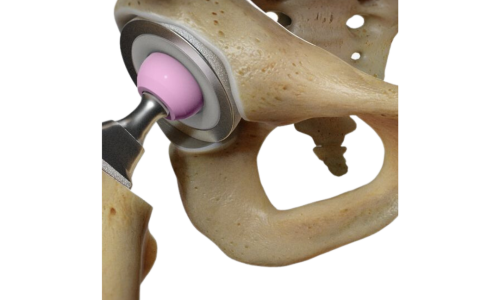
Hip Replacement
In this procedure, the damaged or worn-out parts of the hip joint are replaced with prosthetic components. These components are designed to mimic the natural hip joint, providing pain relief and restoring mobility. Hip replacement is an effective solution for individuals with severe hip pain or limited mobility due to conditions like arthritis.
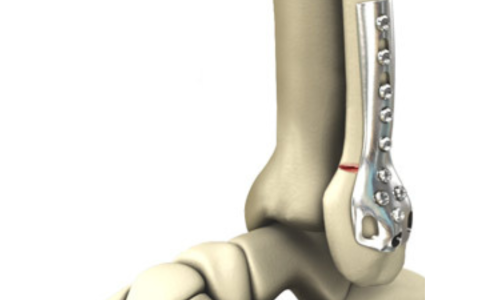
Fracture Fixation
This procedure involves aligning and stabilizing fractured bones using specialized hardware such as plates, screws, or rods. By precisely aligning the fractured ends and securing them in place, fracture fixation promotes rapid healing and ensures a strong, well-aligned bone.

High Tibial Osteotomy
This specialized knee preservation surgery is recommended for individuals with early to mid-stage osteoarthritis primarily affecting one side of the knee. The procedure involves carefully repositioning the tibia (shinbone) to alleviate pressure on the damaged part of the knee joint. By redistributing weight-bearing forces, high tibial osteotomy can help delay the need for a total knee replacement and promote long-term joint health.

